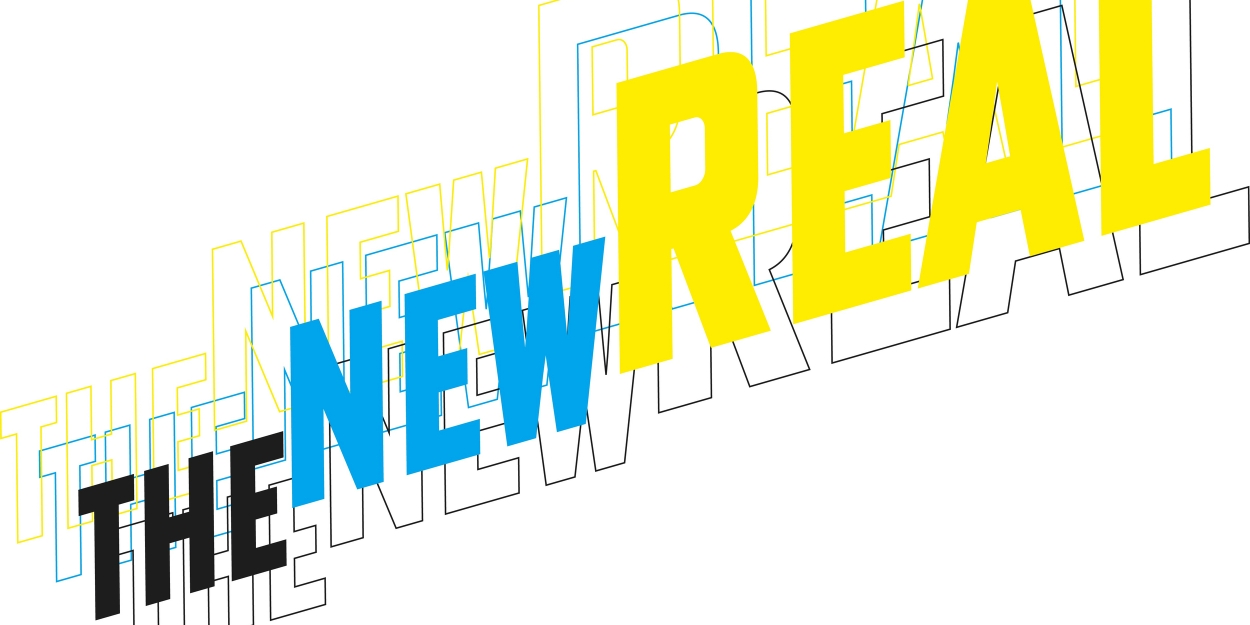AI Research Hub The New Real Launches New Magazine
The New Real Magazine will be available free of charge on The New Real website with a new issue every several months.

The New Real, internationally renowned AI and arts research hub based in Edinburgh, is launching a new magazine for those interested in exploring the consequential moment that is the rise of generative AI. It also offers a reference guide and roadmap for cultural professionals, both those new to AI, and those already working with AI but who want to connect with the latest thinking from other artists.
One of the first of its kind publications in the world, The New Real Magazine will be available free of charge on The New Real website with a new issue every several months.
To move forward we need to look back so the first edition presents a guide to working with generative AI arts by practitioners at the forefront of the creative wave in AI today, and discover how our present moment was foretold by artists who had already been working with, and on, AI for a decade -
Just before the ChatGPT and Midjourney turned the world upside down, it looks at what AI artists were researching two years earlier, in 2019 and 2020 and how they became the proverbial canaries in a coalmine, foretelling the present moment of AI impacting everything from job markets to medicine, and highlighting issues such as deepfake technology or bias in machine learning. The challenges and opportunities brought on by the rise of AI are no longer niche: they have become part of the mainstream, flooding our newsfeeds.
The Magazine explores the practices of some of the most prominent artists working with AI such as Caroline Sinders, Jake Elwes or Anna Ridler, offers insights from academics, designers, philosophers and engineers who look at how AI shapes and is shaped by our social reality and also debunks myths about AI.
Drew Hemment, Professor in Data Arts and Society at the University of Edinburgh and Director and Principal Investigator at The New Real, said: “In this, the first edition of The New Real Magazine, we present a guide to working with Generative AI Arts by practitioners at the forefront of the creative wave in AI today, and discover how our present moment was foretold by artists who had already been working with, and on, AI for a decade.
“Join us in looking at artworks, both dazzling and deeply political, and the configuration of artistic, technological, social and environmental themes in each. Hear from philosophers, designers and curators on the way AI shapes and is, in turn, shaped, by our social reality in reflective essays, conversations, and informational pieces.”
Speaking at The New Real artists' roundtable, artist Amelia Winger-Bearskin said: “I love this moment for us as artists because we get to see what anyone and everyone would use this tool for. It was hard to be in this space until this moment occurred, because it felt too rarefied – I love that the floodgates have been opened.”
Among the many topics investigated in the Magazine are:
In the Magazine's introduction, Drew Hemment asks when AI generated ‘fabrication' in art is acceptable and when it is not, and urges us to find an impetus or provocation to co-create work that is meaningful - with intelligent machines.
Prominent artists working with AI tools, Anna Ridler and Caroline Sinders, highlight the hidden human labour in AI – the large foundation models upon which many of today's AI tools are built are the labour of artists who are not credited or rewarded.
Philosophy Professor Shannon Vallor looks at the digital ghosts of human injustice and cruelty, reanimated in AI software and shared back at us to haunt us – from racist facial recognition systems to sexist chatbots – and asks whether it is possible to make this story less scary.
Researchers Morgan Currie and Benedetta Catanzariti examine how The New Real-commissioned The Zizi Show by Jake Elwes (currently on display at the V&A in London) uses deepfake technology as an artistic medium. They also explore how drag queens' exaggerated make-up and fluid personas confound AI used by e.g. Facebook, meaning that the tech corporations cannot profit from their ‘unstable' datasets.
Researchers Drew Hemment, Mark Sandler, Steve Benford, Helen Kennedy, Sunil Manghani and Elena Simperl look at ‘intelligent experiences', i.e. encounters with new works using new and emergent technologies, and how to build them for the next generation of globally connected audiences.
About The New Real
Established in 2019, The New Real is a unique hub for AI, creativity and futures research. It is a partnership between the University of Edinburgh, Alan Turing Institute, and Edinburgh's Festivals. Its research explores how AI impacts on life at a profound level, often interacting with us in fascinating and unanticipated ways, and illuminates how emerging technology can become a creative, playful and deeply impactful part of everyday living.
The New Real team believes that art and creativity can help to radically change how we think about AI design, moving beyond the current paradigm of learning patterns from large amounts of data, to embrace human traits such as bias, disagreement, and uncertainty as a signal with creative potential rather than noise that needs to be removed. They devise imaginative ways to experiment with new experiences, practices, infrastructures and business models, and to empower people be agents of positive change.
Comments
.png)
|
.png)
|
Videos

